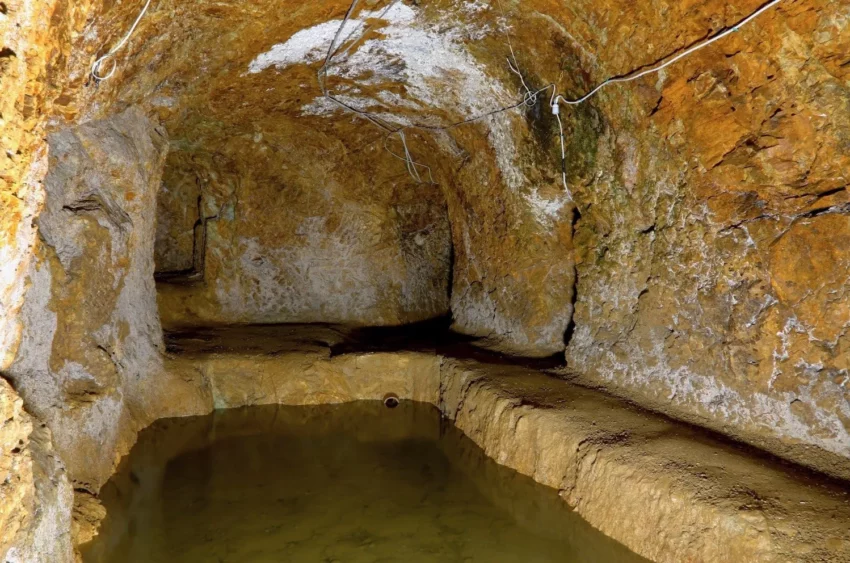Discovery and Description of Aydıntepe Underground City
The Aydıntepe Underground City, located in the Aydıntepe district of Bayburt Province, Turkey, represents a significant archaeological and historical marvel. This ancient subterranean city was uncovered quite unexpectedly in 1988, during excavation works intended for a hotel construction, led by Hasbi Okumuş. Some sources, however, suggest the discovery took place a decade later, in 1998. Situated 25 km northwest of Bayburt, beneath a residential area, the city is an extraordinary example of human ingenuity and adaptation.
Get your dose of History via Email
Constructed entirely within volcanic tufa rock formations, the Aydıntepe Underground City showcases a network of chambers, halls, and hallways, all carved without the use of any building materials. The underground complex extends approximately 1 km in length, with its components lying 2–5 meters below the surface. The interconnected spaces are accessible through hallways that measure 1 meter in width and 2 meters in height. Additionally, the city features eight conical shafts above the hallways, believed to serve either as observation points or ventilation shafts. Despite its ancient origins, some parts of the city have become inaccessible due to collapses or subsequent constructions over time.
A notable feature at the entrance of the underground city is a round rock piece, 1.5 meters in diameter, which was used to seal off the city from the external world when necessary. The presence of tombs above the city and wall figures within it suggests a history spanning three millennia, with evidence pointing towards usage during the Late Roman or early Byzantine era. The underground city served as a refuge for both Christians and Muslims, offering shelter from religious persecution or warfare. It was equipped with cellars, storage rooms, water sources, and a pool, indicating a well-fortified structure that included a closing device and a guard chamber.
Archaeological Research and Public Access
Following its discovery, the Aydıntepe Underground City underwent archaeological examination and was declared a protected site by the Cultural and Natural Heritage Preservation Board in 2008. Approximately 850 meters of the underground complex, covering an area of 1,200 square meters, has been made accessible to the public. The site attracts between 30,000 and 35,000 visitors annually, showcasing the cultural and historical significance of the region.
Recent statements from local authorities highlight the underground city’s role as a shelter during early Christian periods, particularly from Roman persecution. The reopening of the site after the COVID-19 pandemic has been met with enthusiasm, with expectations of increased visitor numbers. Ongoing research and exploration efforts aim to extend the known boundaries of the underground city further east and west by an additional 4 kilometers, potentially enhancing its appeal as a tourist destination.
The Aydıntepe Underground City not only serves as a testament to the resilience and ingenuity of ancient civilizations but also continues to captivate visitors with its mysterious and historical allure. As exploration and research continue, the full extent and significance of this underground marvel will likely become even more apparent, contributing further to our understanding of ancient human societies.
Sources:

